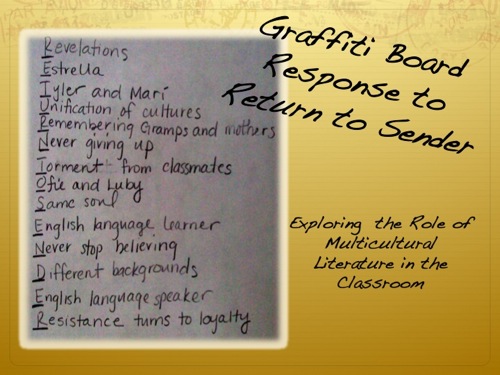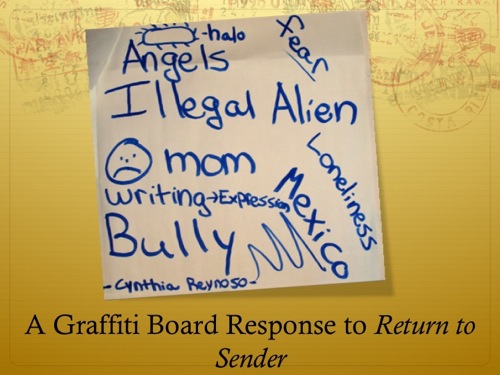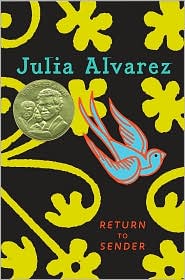by Julia López-Robertson & Lillian Reeves, University of South Carolina
 Emergent bilinguals make up 8.2% of the total population of all children under the age of 18 in South Carolina. While there are many languages spoken by immigrant children in our schools, Spanish is the most widespread language spoken by 40,000 of all emergent bilinguals (http://www.migrationinformation.org/ellinfo/FactSheet_ELL3.pdf). The Latino population has been on a steady increase nationally and in South Carolina specifically the population growth has been staggering; as reported by the American Community Survey, the change in the Latino population in the state of South Carolina in the period between 2000-2009 was 115.5%; in 2000 the Latino population was 94,652 and in 2009 it was 203, 939
Emergent bilinguals make up 8.2% of the total population of all children under the age of 18 in South Carolina. While there are many languages spoken by immigrant children in our schools, Spanish is the most widespread language spoken by 40,000 of all emergent bilinguals (http://www.migrationinformation.org/ellinfo/FactSheet_ELL3.pdf). The Latino population has been on a steady increase nationally and in South Carolina specifically the population growth has been staggering; as reported by the American Community Survey, the change in the Latino population in the state of South Carolina in the period between 2000-2009 was 115.5%; in 2000 the Latino population was 94,652 and in 2009 it was 203, 939
(http://pewhispanic.org/files/factsheets/hispanics2009/Table%2014.pdf). Yet, when I arrived at the University of South Carolina in 2006, I taught the first course that had anything to do with teaching emergent bilinguals (while the state of South Carolina uses the term English Language Learner to describe children who will learn English as an additional language, I prefer emergent bilinguals (see García & Kleifgen, 2010).
Continue reading






 In our work as Latina teacher educators, we prepare teachers to be successful literacy educators in a multilingual world. In our teaching, we use high quality children’s and adolescent literature in order to invite our students to read multiculturally (Hade, 1997). That is, through small group and whole class literature discussions, we engage pre-service and in-service teachers to make personal connections with the literature and to take a critical stance to explore questions that often reveal the many sociopolitical forces shaping the education of minority students in the United States. These include interpreting signs of power, race, class, and equity, among others, as they are represented in the literature.
In our work as Latina teacher educators, we prepare teachers to be successful literacy educators in a multilingual world. In our teaching, we use high quality children’s and adolescent literature in order to invite our students to read multiculturally (Hade, 1997). That is, through small group and whole class literature discussions, we engage pre-service and in-service teachers to make personal connections with the literature and to take a critical stance to explore questions that often reveal the many sociopolitical forces shaping the education of minority students in the United States. These include interpreting signs of power, race, class, and equity, among others, as they are represented in the literature.